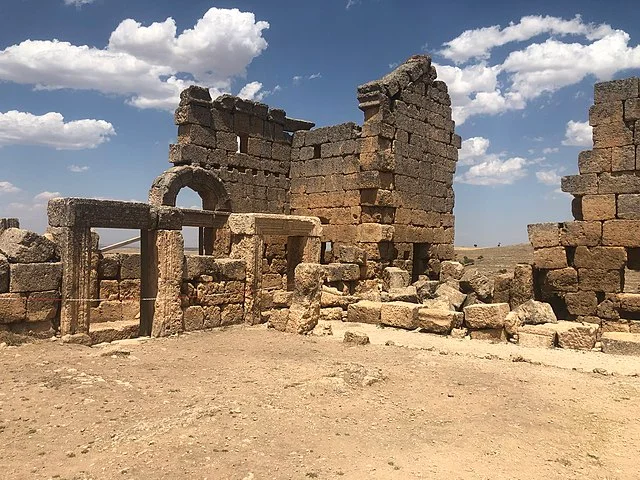Zerzevan Castle, located in southeastern Turkey, is a key archaeological site that offers valuable insights into the Roman Empire’s eastern defenses. This historic fortress, strategically positioned on a hill along the ancient trade route connecting Amida (modern-day Diyarbakır) and Dara (in Mardin Province), reveals much about the military architecture, religious practices, and daily lives of Roman soldiers stationed in frontier regions. It also sheds light on the region’s significance in controlling and defending the eastern provinces of the Roman Empire.
Get your dose of History via Email
Historical Background
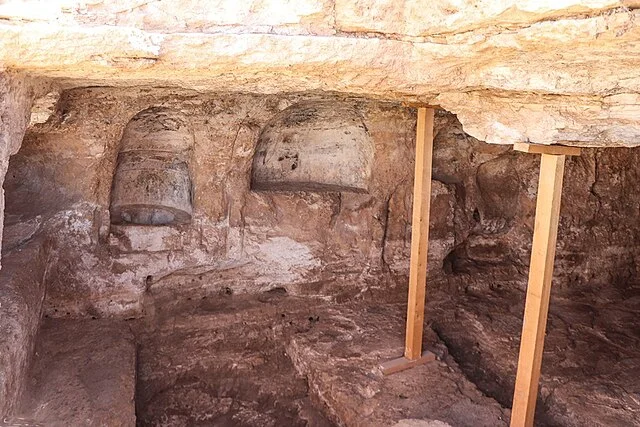
Constructed between the 3rd and 4th centuries AD, Zerzevan Castle served as a Roman military base and defensive outpost. This period marked significant challenges for the Roman Empire, as it struggled to defend its borders from external threats, particularly from the Persian Sassanian Empire. Zerzevan Castle, known historically as Samachi, was one of the several fortifications built to protect the region against Persian incursions and to secure trade routes that were vital to the empire’s economy.
The castle remained in active use until the 7th century AD when the region came under Byzantine control. The Byzantines likely made modifications to the site, which remained functional until the rise of Arab forces in the region. Following the decline of the Roman and Byzantine presence, the site eventually fell into disrepair and was gradually abandoned.
Architectural Features
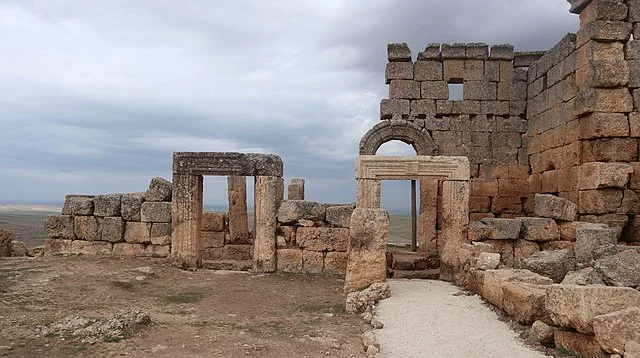
Zerzevan Castle covers an area of approximately 60,000 square meters and sits atop a 120-meter-high ridge. The fortress includes well-preserved walls, watchtowers, gates, and underground facilities, showcasing the Roman Empire’s advanced engineering and construction techniques. The outer walls, built from large limestone blocks, measure up to 12 meters in height in some places. These walls, combined with the natural topography, made Zerzevan an imposing defensive structure that could repel enemy advances.
The fortress’s layout is strategic, allowing defenders a commanding view of the surrounding plains. Watchtowers, located at key points along the walls, provided soldiers with vantage points to observe approaching threats. The site also includes a main gate and secondary entrances, carefully positioned to control access while facilitating movement within the castle.
Underground Complexes
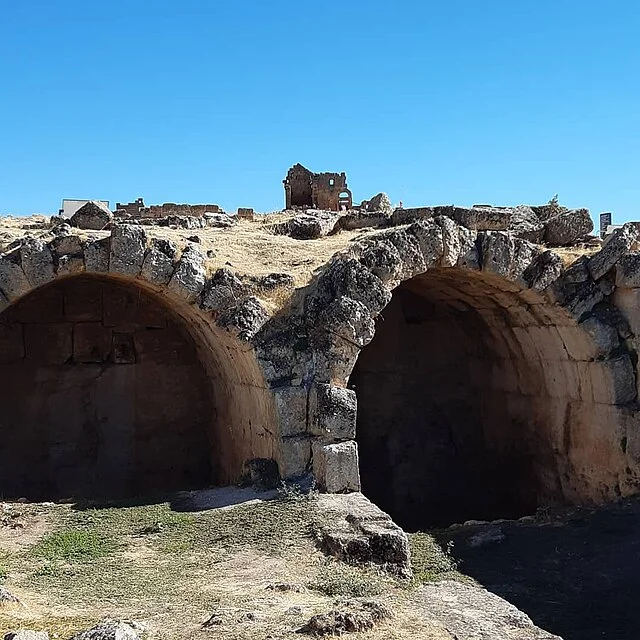
One of the most remarkable aspects of Zerzevan Castle is its extensive underground complexes. These include storage rooms, cisterns, a secret Mithraeum, and living quarters. The cisterns, capable of storing large amounts of water, were crucial for the castle’s self-sufficiency during sieges or extended military campaigns. Archaeologists believe that the underground quarters housed soldiers, and possibly officers, during winter months, as they offered better protection against the elements.
The Mithraeum, discovered in 2017, is of particular interest to researchers studying Roman religious practices. Mithraism, a mystery religion centered on the god Mithras, was widely practiced by Roman soldiers but remains poorly understood due to its secretive nature. The Mithraeum at Zerzevan is one of the few discovered in Turkey, underscoring the cultural and religious diversity within the Roman Empire. This discovery also indicates that the fortress likely had a sizeable military presence with diverse religious practices.
Religious and Social Life
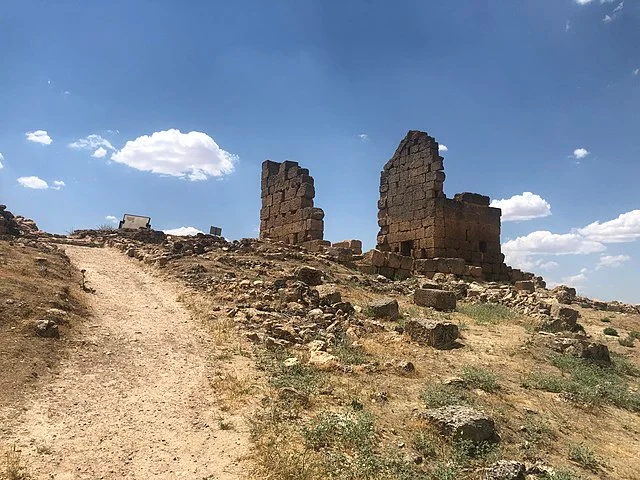
In addition to the Mithraeum, Zerzevan Castle contains evidence of a Christian church. This church likely dates to the later Roman or early Byzantine period when Christianity gained prominence within the empire. The coexistence of Mithraic and Christian sites highlights the transitional religious dynamics within the empire, as Christianity gradually supplanted older Roman cults.
The presence of both religious structures suggests that Zerzevan Castle was not only a military base but also a community with diverse beliefs. Soldiers and officers likely gathered in these religious spaces, reflecting a mix of Roman paganism and early Christianity that was common in the empire’s frontier regions.
Excavations and Findings
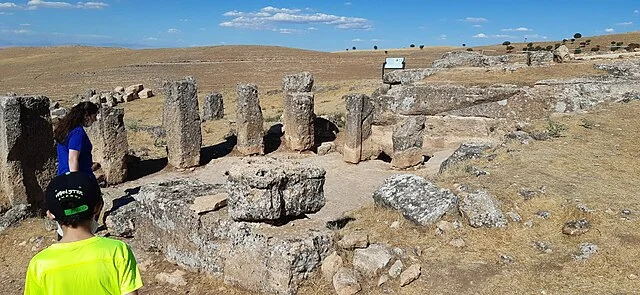
Excavations at Zerzevan Castle began in earnest in 2014, led by archaeologists from Dicle University and Turkey’s Ministry of Culture and Tourism. Since then, researchers have uncovered artifacts, including pottery, coins, weapons, and personal items, which provide valuable insights into daily life at the fortress. Some of these items, such as coins bearing the likeness of Roman emperors, help date the site and link it to specific historical events.
One notable discovery is a large cache of arrowheads, which may indicate the frequency of conflicts in the area. Excavations have also revealed a variety of Roman and Byzantine coins, further evidence of the fortress’s long period of use. These artifacts illustrate the trade, economy, and material culture of the Roman military presence in the region.
Significance of Zerzevan Castle
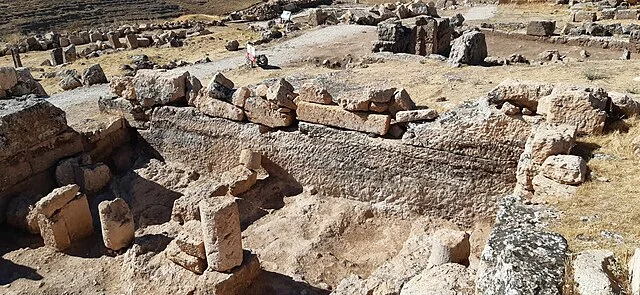
Zerzevan Castle’s well-preserved structures and unique discoveries make it a significant site for understanding the Roman Empire’s eastern frontier defenses. The fortress exemplifies the empire’s ability to construct and maintain military installations far from the capital, Rome. The discovery of the Mithraeum is particularly valuable, as it adds to the relatively limited knowledge about Mithraic practices and their spread across the Roman world.
The castle also highlights the cultural interactions and religious transitions that took place as the Roman Empire embraced Christianity. Zerzevan Castle, therefore, is not only a testament to Roman military strength but also a marker of shifting cultural and religious influences in the late antiquity period.
Present-Day Significance and Conservation
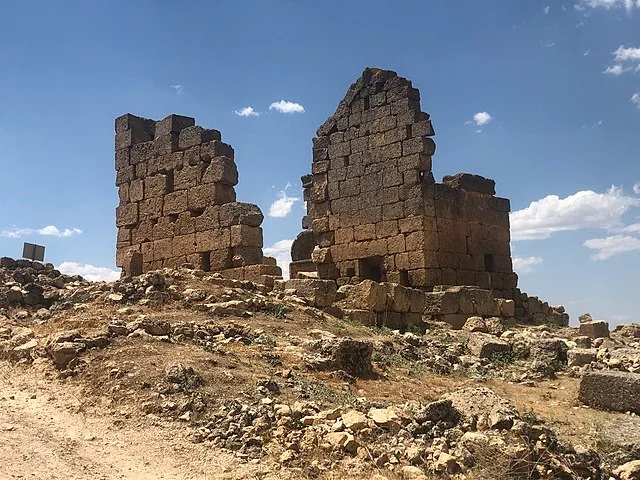
Today, Zerzevan Castle is an important archaeological site, attracting researchers and visitors interested in Roman history and architecture. Conservation efforts, led by Turkish authorities, aim to protect the site from environmental and human-related threats. These efforts include restoring walls and creating pathways to ensure safe and sustainable tourism.
In 2020, Zerzevan Castle was added to UNESCO’s Tentative List of World Heritage Sites, acknowledging its historical and cultural importance. This recognition has increased both local and international interest in preserving and studying the site. As excavations continue, Zerzevan Castle promises to yield more discoveries that will enrich our understanding of Roman frontier life, religious practices, and military strategies.
Conclusion
Zerzevan Castle is a valuable historical and archaeological site that illustrates the complexity of Roman military, religious, and social life in a frontier region. Its well-preserved structures, underground complexes, and diverse religious sites reveal a multifaceted community where Roman soldiers defended their empire while engaging in unique spiritual practices. As research and conservation efforts continue, Zerzevan Castle remains a key source of insight into the Roman Empire’s influence and legacy in southeastern Anatolia.
Source:

